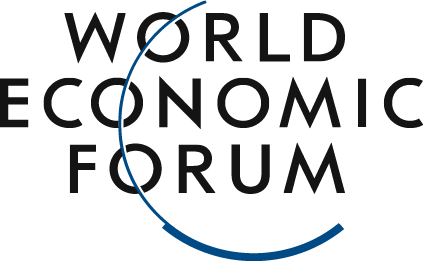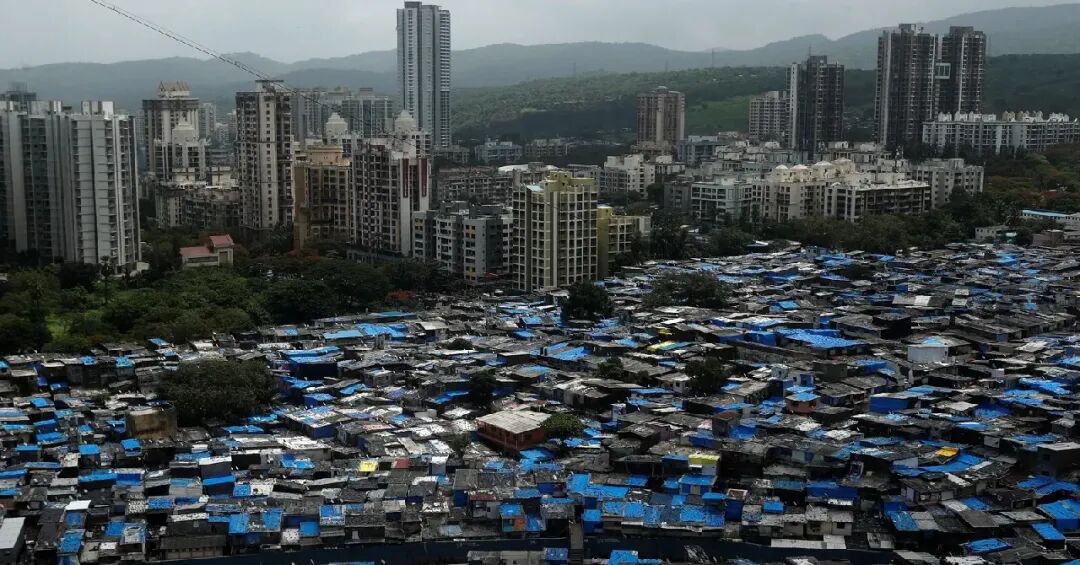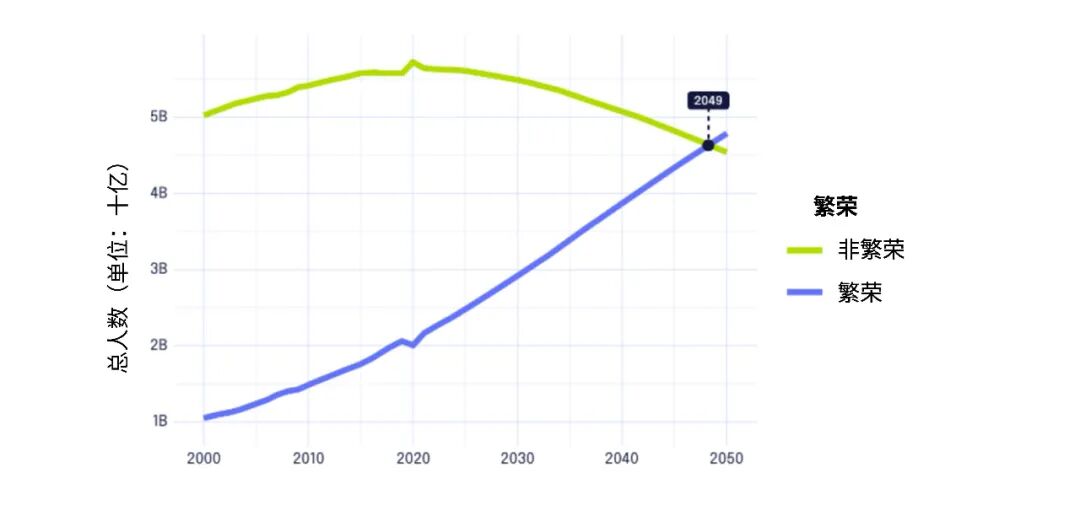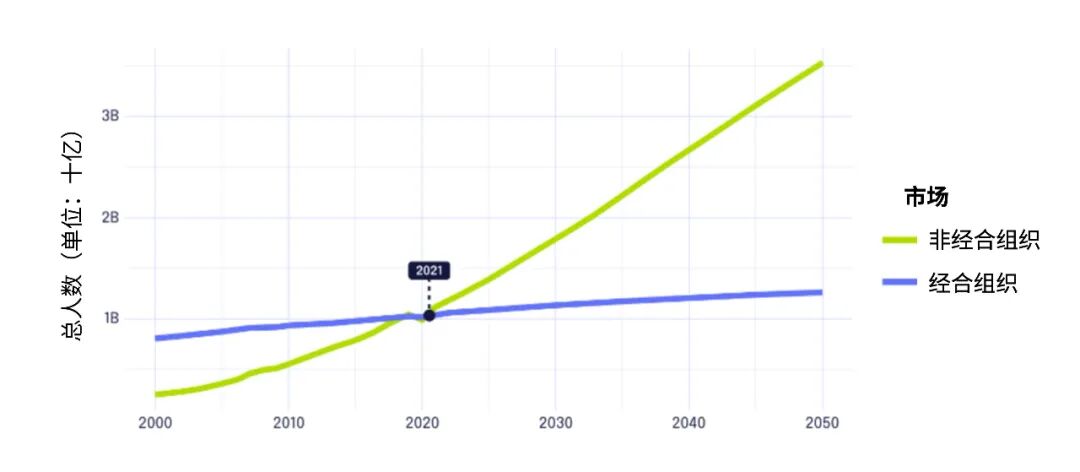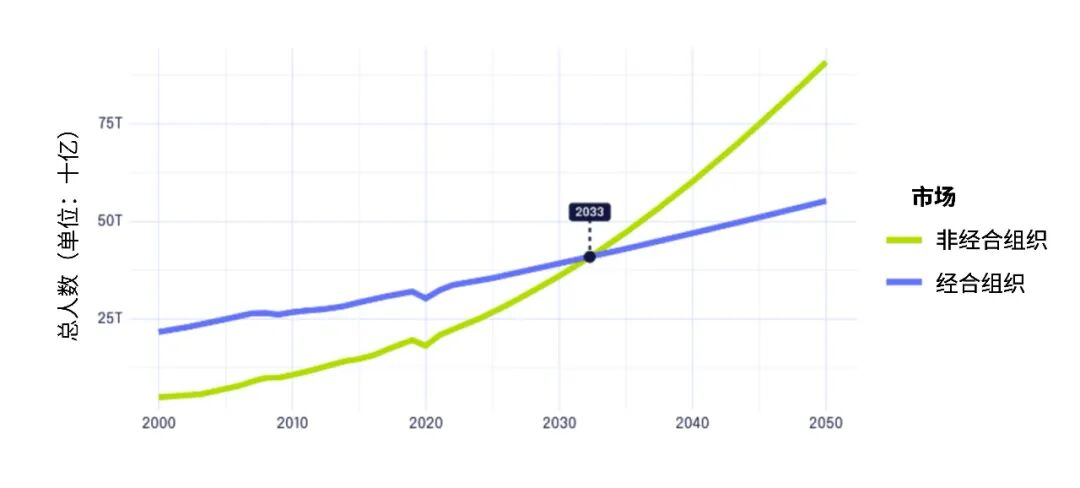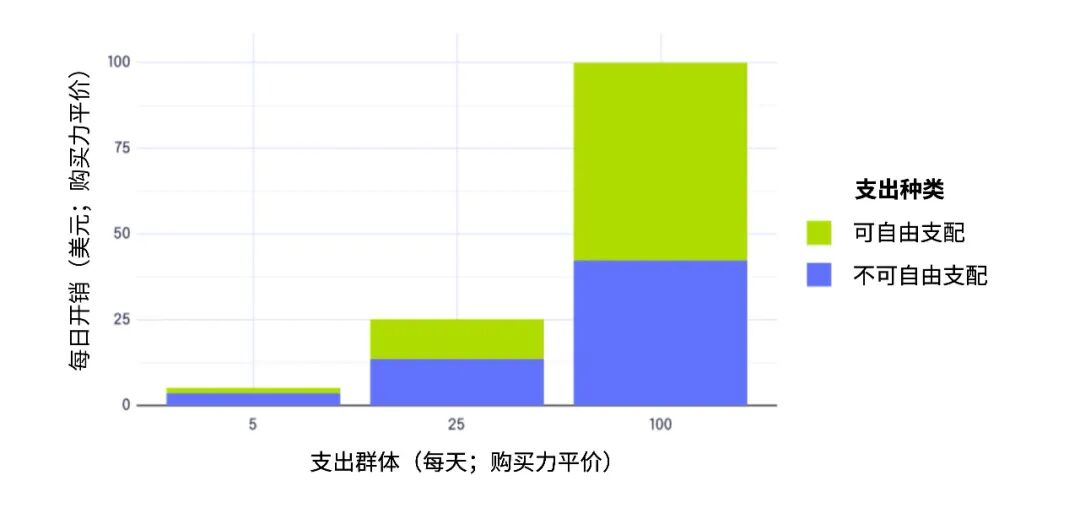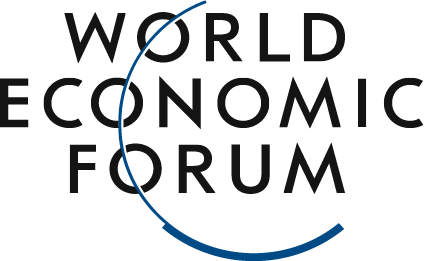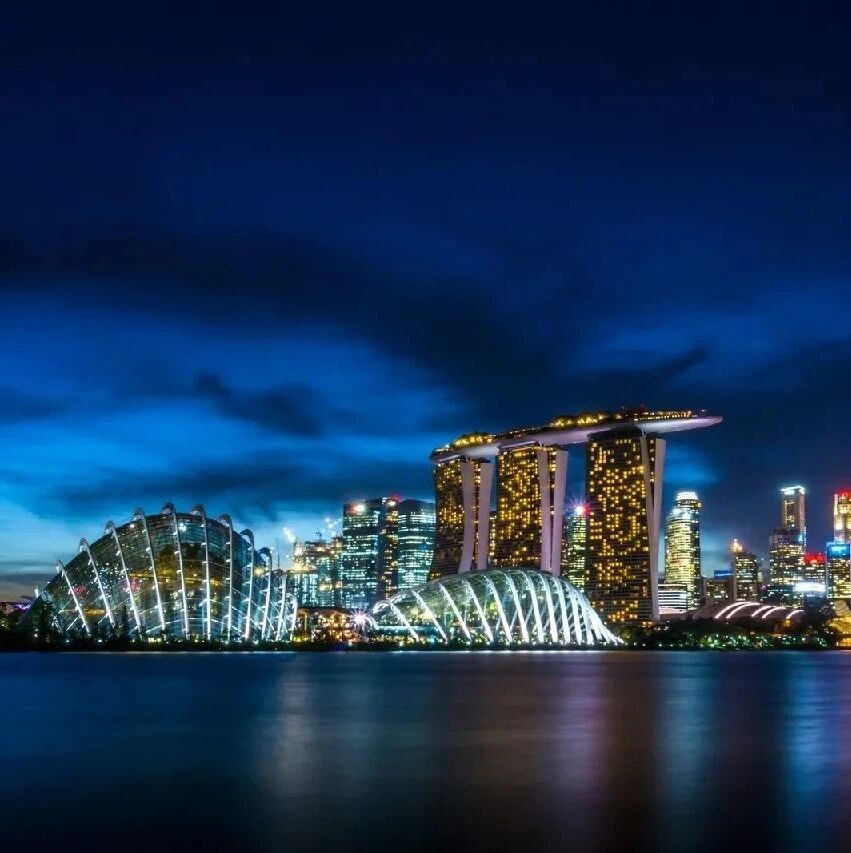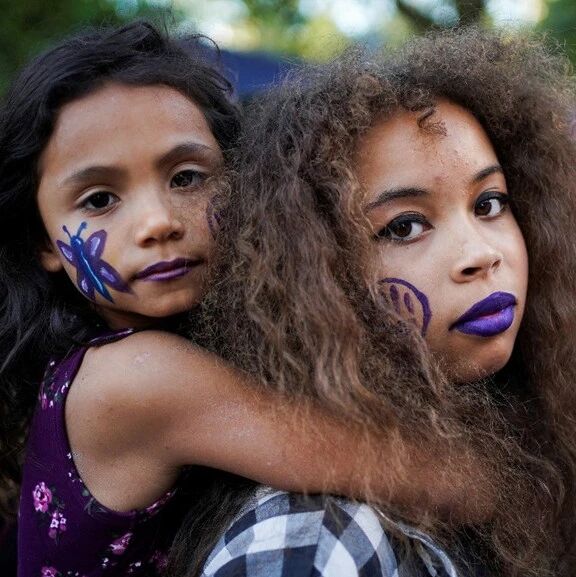Although prosperity isn’t as widespread as many might think, the number of affluent individuals worldwide is growing—and has now reached the critical threshold of $25 per day.
Image source:Reuters/Francis Mascarenhas
Wolfgang Fengler
CEO and Co-founder of World Data Lab
Homi Kharas
Co-founder of World Data Lab
Senior Fellow at the Brookings Institution
In June 2023, the World Bank set a threshold for defining "prosperity," stating that earning $25 per day qualifies as "prosperous."
Although most people in the world haven’t yet reached this threshold, the data is moving in the right direction.
Here are the four key data points we need to understand about the state of global prosperity.
Everyone wants to live a prosperous life, with enough money not only to afford essentials like food, shelter, and clothing, but also to enjoy goods and services that contribute to a better quality of life—such as refrigerators, motorcycles, trips to the hair salon, and even occasional vacations.In 1990, the World Bank set the global extreme poverty line at $1 per person per day—a landmark moment. Today, adjusted for purchasing power differences across countries and measured in 2017 prices, this standard corresponds to approximately $2.15 per day.Eradicating poverty has been the World Bank's primary mission since the 1990s. In 2013, it established "dual goals," designating "shared prosperity" as its second objective. This "shared prosperity" initiative aims to ensure that the bottom 40% of income earners in each country experience income growth rates at least on par with the national average. In June 2023, the World Bank further refined its shared prosperity goal, setting a daily income threshold of $25 per person to measure progress toward this target.If calculated at $25 per day (based on purchasing power parity)—or $9,125 annually—someone could already afford a typical middle-class lifestyle. We define the entry-level standard of living as $12 per day (also based on purchasing power parity).Here's what you need to know about today's prosperity—and why the $25-a-day threshold matters so much.The World Data Lab has released its latest estimates on global prosperity—four key facts stand out as particularly noteworthy:
1. The world is not prosperous.After estimating using the World Data Lab’s consumption forecast model—which accounts for 25% of “missing expenditure” and adjusts data based on actual income distribution—we find that currently 2.4 billion people live on $25 or more per day, still less than one-third of the global population. This estimate also surpasses the World Bank’s most recent figures, as the Bank’s latest assessment was made five years ago and did not factor in “missing expenditure.” Notably, this adjustment has a particularly significant impact on India’s data.2. The world is rapidly prospering.Each year, the number of affluent individuals grows by approximately 85 million—meaning that, on average, three people become "wealthy" every second. However, since the global population also increases by about 70 million annually, the total number of people living below the "affluence line" declines by only around 15 million per year. During the COVID-19 pandemic, the global population classified as "not affluent" peaked at 5.7 billion—but we expect this figure to steadily decline from now on. If current trends continue, the world is projected to reach a pivotal moment in 2049, when the number of affluent individuals will surpass those living below the threshold for the first time.The affluent class is rising rapidly—but starting from a low base.
Image source:World Data Laboratory
3. The number of affluent individuals in emerging economies exceeds that of OECD countries.The economic prosperity levels of emerging economies and the OECD crossed in 2021, yet the number of affluent individuals in emerging markets won’t surpass that of the OECD until after 2033. These shifts are also reflected in business activities: many of the world’s leading global brands now hail from emerging markets, while iconic Western brands—such as Tesla or L'Oréal—are increasingly relying on Asia for their growth. Still, today only 20% of people in emerging markets enjoy a prosperous lifestyle, compared to 82% in OECD countries.Since 2021, emerging market economies have outpaced OECD countries in terms of economic growth.
Image source:World Data Laboratory
After 2033, spending by the affluent class in emerging markets will surpass that of the OECD countries.
Image source:World Data Laboratory
4. Consumption patterns differ between the affluent and the impoverished classes.Poorer people spend more on essentials like food, housing, and clothing, while wealthier individuals, in stark contrast, allocate a larger portion of their budgets to durable goods—such as refrigerators, washing machines, and motorcycles—and related services. They also tend to splurge more on travel and dining out. Although the affluent still invest in pricier versions of these essentials, their share of spending on basic necessities is steadily declining. According to World Data Lab’s consumption forecast model, calculated at $25 per day, an average person spends roughly $13.50 daily on essentials—$6.80 on food, $5.40 on housing, and $1.40 on clothing—leaving the remaining $11.50 for discretionary spending.If you can earn $25 a day, your personal discretionary spending becomes quite substantial.
Image source:World Data Laboratory
The path to global prosperity remains long—it will take at least a generation, or around 25 years, to enable half of the world’s population to live affluent lives. Yet, even in times of global turmoil, we’ve witnessed remarkable progress unfolding rapidly. This reality underscores once again that, while negative headlines and public attention often dominate the narrative, it is the sustained, positive trends over the long term that ultimately matter most—and have the deepest, lasting impact.
The above content solely represents the author's personal views.This article is translated from the World Economic Forum's Agenda blog; the Chinese version is for reference purposes only.Feel free to share this in your WeChat Moments; please leave a comment below the post if you'd like to republish.
Translated by: Wu Yimeng | Edited by: Wang Can
The World Economic Forum is an independent and neutral platform dedicated to bringing together diverse perspectives to discuss critical global, regional, and industry-specific issues.
Follow us on Weibo, WeChat Video Accounts, Douyin, and Xiaohongshu!
"World Economic Forum"
